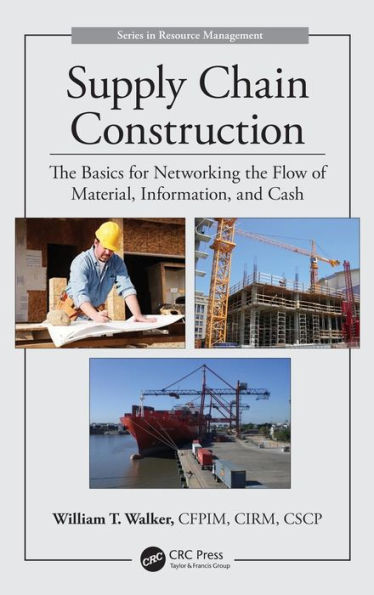5
1
9781482240467


Supply Chain Construction: The Basics for Networking the Flow of Material, Information, and Cash / Edition 1 available in Hardcover

Supply Chain Construction: The Basics for Networking the Flow of Material, Information, and Cash / Edition 1
- ISBN-10:
- 1482240467
- ISBN-13:
- 9781482240467
- Pub. Date:
- 08/26/2015
- Publisher:
- Taylor & Francis
- ISBN-10:
- 1482240467
- ISBN-13:
- 9781482240467
- Pub. Date:
- 08/26/2015
- Publisher:
- Taylor & Francis
100.0
In Stock

Product Details
| ISBN-13: | 9781482240467 |
|---|---|
| Publisher: | Taylor & Francis |
| Publication date: | 08/26/2015 |
| Series: | Resource Management , #53 |
| Pages: | 484 |
| Product dimensions: | 6.40(w) x 9.20(h) x 1.20(d) |
About the Author
From the B&N Reads Blog
